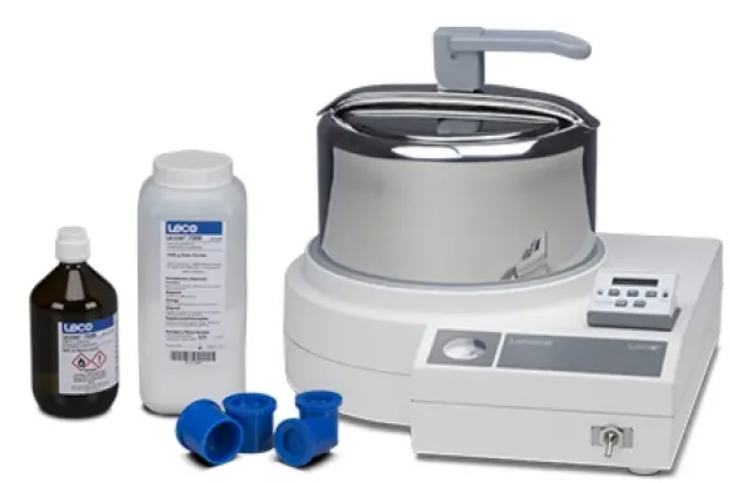Cold Mounting
Metallographic Mounting with Polyester, Acrylic, and Epoxy
In metallography, cold mounting, also known as “castable mounting,” encases a sample in a liquid mounting medium. Epoxy, polyester, and acrylic are common mounting materials. A catalyst is utilised to cure and harden the material once it has been encased with the sample. This method is ideal for laboratories with a low throughput but a large number of samples to analyse, and it is required for porous, brittle, or heat-sensitive substances. Samples that have been mounted can be handled more easily by other metallographic tools while maintaining the integrity of the sample’s edges.

Features
For your cold mounting needs, we have polyesters, acrylics, and epoxies:
Polyesters are a cost-effective option for labs with a small sample volume and a low concern for specimen edge preservation. They are a great technique to quickly and easily build a mount.
Acrylics cure faster than the majority of other mounting materials. They have good abrasion resistance and good edge retention. When hot-mounting isn’t an option, acrylic is commonly utilised to make several mounts. A semi-clear mounting material will be provided via a pressure chamber, such as the LECOMAT Pressure Vessel.
Epoxies give a strong, chemically resistant, and abrasion-resistant mounting surface. They take longer to set up than other castable materials, but they offer better flow and shrinkage characteristics. Long cure epoxies are used to mount the most challenging samples and can be vacuumed to remove trapped air and fill voids. Epoxies can be found in quick-cure formulations that cure in under an hour.
